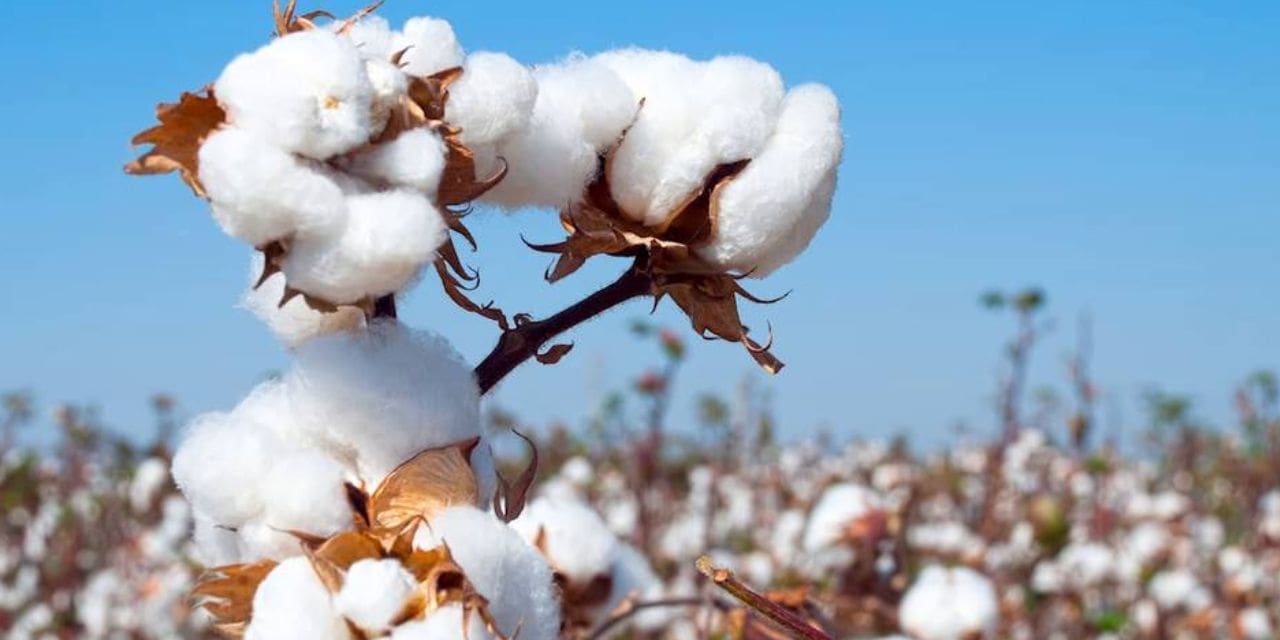By: Seshadri Ramkumar, Professor, Texas Tech University, USA
(Lubbock, USA, October 18, 2022)—Recent months have seen high cotton drama regarding price volatility and demand. As cotton is a natural fiber; its availability depends on weather and other uncontrollable situations. However, these aspects have also given room to high volatility and uncertainties that are influencing the entire cotton and textile supply chain. Adding to these expected pains, the ongoing war in Europe has added more volatility to the sector.
While the entire cotton segment is under the grip of uncertainties, the current scenario calls for self-introspection and solid plan ahead.
Need for 3Vs
Prior to inflation reaching 9% in some parts of the world, which is 40-year high, the textile sector focused predominantly on the supply side of the equation, such as the availability of raw materials, labor force and energy issues, etc. Given the finite amount of arable on the amount of arable land, due to the growing need of food grains, with the global population ever rising, land for other cash crops is always stressed. China is a good example for this situation, which necessitates the import of cotton and food grains such soy to satisfy its domestic demand. Textile sector will be under tight supply of cotton, which provides necessary price value for cotton in addition to its inherent technical advantages. Cotton is natural, biodegradable, and comfortable. Cotton is pre-sold on its breath ability value, which makes it a preferred fiber despite its relative cost issue with some synthetics.
Availability of arable land, some limitations in the product range, market volatility, competition from synthetics all influence the cotton sector. Given this scenario, our industry should focus on three Vs. 3 Vs are: 1) Value utilization; 2) Value creation and 3) Value addition.
Value Utilization
The cotton sector from farm to fashion should utilize its fullest value. At the farm level, countries like India need to increase the yield/acre, increase the efficiency with the use of fertilizer, pesticides, and water to maximize return of investment. India has largest land area dedicated to cotton crop compared to other major cotton producing countries, but with least yield. Yield enhancement should be a public-private partnership initiative in India, which can deliver cost effective next generation value-added seed to farmers. Knowledge creation and dissemination about best farm practices such as fact-based agronomic approaches, selection of seeds, farming and irrigation techniques must be widely transmitted to the practitioners such as farmers, researchers, and policy makers. Active involvement at grass root levels during the growing season is vital for the growth of agriculture. Lubbock, USA-based Plains Cotton Growers, Inc. is highly active in such efforts.
Value Creation
While value utilization focuses on using the existing resources to improve the sector, value creation is aimed at creating new opportunities. Cotton is predominantly used as apparel textiles, a way to increase its demand is to find new opportunities in the farm to fashion sectors and beyond such as industrial textiles.
As is evident from the ongoing inflationary cycle, demand for goods, particularly non-priority items have come down. Cotton is subjected to such stressful situations and is also sensitive to price pressures from competing synthetic and regenerative fibers. In the mid to long term, it is important to enhance the demand for cotton in non-traditional areas. Recently, cotton industry is focused on finding applications in industrial, medical, automotive and defense sectors. Cary, United States-based Cotton Incorporated is conducting projects in nonwovens to enhance demand for cotton.
INDO-United States collaboration between Texas Tech University and Aruppukkottai-based Jayalakshmi Textiles has resulted in a sustainable cotton-based oil absorbent material. This product has been evaluated at ONGC facilities in Thiruvarur and Rajahmundry areas in India.
Value Addition
The downstream processes in the textile sector can help with value addition to find new markets and opportunities. Salt less dyeing and waterless finishing technologies can be utilized to generate sustainable and high-end products. Leading brands are looking for opportunities to come-up with products that have consumer appeal and can be marketed as “green,” products. New finishing technologies like atmospheric plasma can help with selective surface characteristics with less or no water usage. Cotton being biodegradable provides opportunities for brands to develop value-added products.
While the present economic situation put enormous stress on the textile sector, it provides a valuable lesson that we should focus both on the supply and demand sides of the textile equation.

